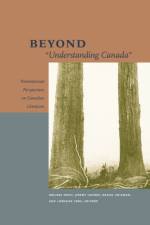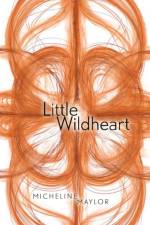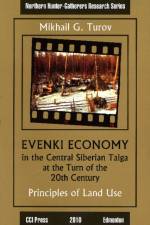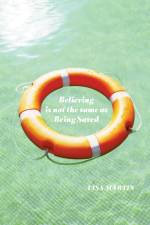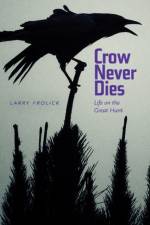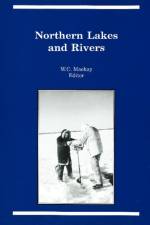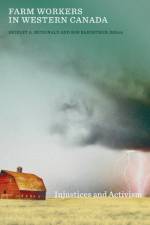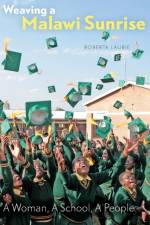- Hard Laws and Harder Experiences
449
"Of all the crimes to which Palestinians have been subjected through a century of bitter tragedy, perhaps none are more cruel than the silencing of their voices. The suffering has been most extreme, criminal, and grotesque in Gaza, where Ghada Ageel was one of the victims from childhood. This collection of essays is a poignant cry for justice, far too long delayed." --Noam Chomsky There are more than two sides to the conflict between Palestine and Israel. There are millions. Millions of lives, voices, and stories behind the enduring struggle in Israel and Palestine. Yet, the easy binary of Palestine vs. Israel on which the media so often relies for context effectively silences the lived experiences of people affected by the strife. Ghada Ageel sought leading experts--Palestinian and Israeli, academic and activist--to gather stories that humanize the historic processes of occupation, displacement, colonization, and, most controversially, apartheid. Historians, scholars and students of colonialism and Israel-Palestine studies, and anyone interested in more nuanced debate, will want to read this book. Contributors: Yasmeen Abu-Laban, Ghada Ageel, Huwaida Arraf, Abigail B. Bakan, Ramzy Baroud, Samar El-Bekai, James Cairns, Edward C. Corrigan, Susan Ferguson, Keith Hammond, Rela Mazali, Sherene Razack, Tali Shapiro, Reem Skeik, Rafeef Ziadah.



